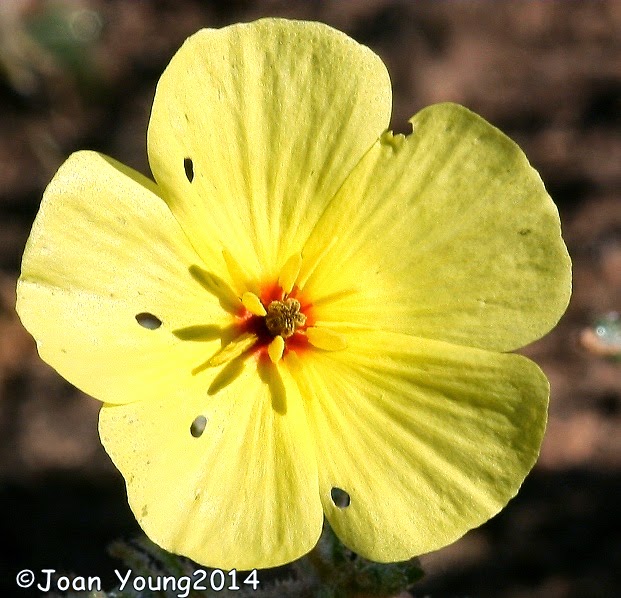Family Moraceae
DescriptionFicus lutea is a large, briefly-deciduous tree, capable of growing to 25 m in height. Its large, spreading crown can span 30 to 45 m in width. This spreading habit coupled with an often short and buttressed trunk can help in revealing the tree's identity from a distance. Under forest conditions, however, it tends towards a taller growth habit with a somewhat narrower spread. The species also has the ability to become a strangler and is often encountered assuming this habit.
Ecology
From an ecological perspective, the giant-leaved fig is both fascinating and remarkable. Fig trees in general have a well-founded reputation for being virtual wildlife magnets and this species proudly upholds this reputation. A wide variety of frugivorous (fruit-eating) birds are attracted by the promise of a good meal in the form of the abundant fleshy figs produced by the tree. Numerous insectivorous bird species join the feast, feeding on the rich insect life that is drawn to the figs. In addition, the figs are relished by a range of mammals that include bats, duikers and Vervet and Samango monkeys, as well as baboons in areas where they coexist with F. lutea (Nichols 2004. pers. comm.). The masses of fallen figs also support much decomposition-related activity. The seed of the tree is effectively dispersed by many of these animals. Seed may be carried considerable distances by birds, often being deposited in the forks of trees and in the cracks of buildings and the like and here the hemi-epiphytic (and often 'strangling') nature of this species is evident.
Pollination represents an amazing and intriguing aspect of fig life. Figs rely entirely on specific fig wasps for effecting pollination (the pollinator species of F. lutea being Allotriozoon heterandromorphum), these wasps, in turn, being totally reliant on the figs for meeting their reproductive requirements, a relationship referred to as obligate mutualism.
Uses and cultural aspects
The giant-leaved fig is well known for its horticultural value and is cultivated in various regions in Africa (Burrows & Burrows 2003). In the wetter, warm eastern parts of South Africa, it is a popular street tree and is a common feature in parks and other urban open spaces. Its use in horticulture has attached to it some economic value also, as is evident in the nursery trade. The bark has been used traditionally in the production of twine and the plant sap (latex) is used for bird lime (Pooley 1993). The use of the bark in the production of bark cloth has been recorded in Mozambique, this cloth being a commodity in the region (Burrows & Burrows 2003). In West Africa the fruits are known to be consumed by people, and in Angola the wood of the tree is used for the making of bowls (Burrows & Burrows 2003).
Info: http://www.plantzafrica.com



















































